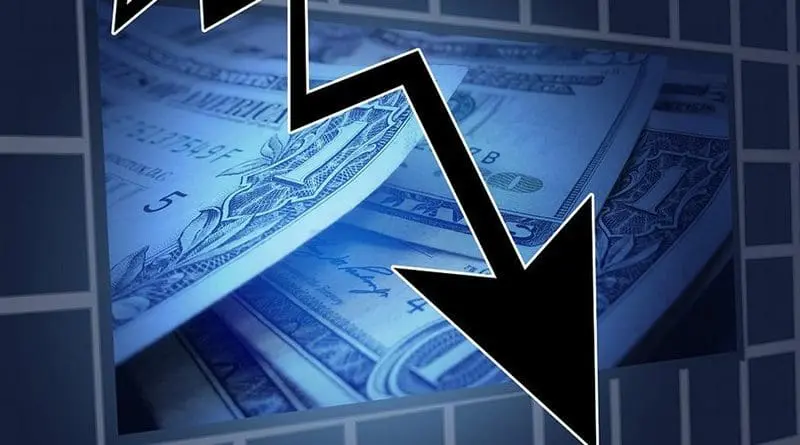Economies Ill-Equipped To Deal With Financial Crisis – OpEd
By Arab News
By Cornelia Meyer*
In January 2018 when world leaders congregated on the snow-covered slopes of the Swiss mountains for the annual meeting of the World Economic Forum, the outlook for the world economy was great. Fast forward one year and optimism was muted while the IMF downgraded its forecast for the global economy by 0.2 percent.
Indeed, many OECD central banks had worked to trim their bloated balance sheets and raise interest rates. Nowhere more so than in the US, which saw four rate hikes in 2018. The ECB finally stopped its purchasing program and looked at raising rates by the autumn of 2019. The UK, Australia, India and China all looked at monetary tightening and, or, raising rates.
Like so often, things did not go to plan. First there were the various trade tiffs of the US first — most importantly with China— but also with Canada and Mexico. Europe seems to be next on the agenda for Donald Trump. Then there were other geo-economic uncertainties such as Brexit or the crisis around the Italian budget.
The Federal Reserve might have slightly got ahead of itself when it raised rates for the fourth time in a year last December. A combination of geo-economic risks and hawkish central bank policies turned the stock markets into a bloodbath. December was the worst month on record since the Great Depression. This served as a wake-up call for business leaders, politicians and central bankers alike.
This year the Fed, the Bank of England, the ECB and the Reserve Banks of Australia and India all cited “downward pressures” to announce their policies that would adopt a more dovish outlook.
It is undeniably true that the trade wars have an effect on the real economy and that companies might need to rethink how they organize their supply chains and structure market access for their finished products.
China is affected, but so are among many others, German machinery exporters such as auto manufacturers, who depend on access to the US and Chinese markets.
For the car manufacturers, the tale is even more complicated. BMW and Volkswagen produce several models destined for China in the US. While the US economy is humming and employment at all-time highs, this was not reflected in wage growth, which is an important data point for central bankers. Jerome Powell decided to put more weight on downside risks than on the potential of the US economy to overheat. He sounded a lot more dovish on Jan. 31, stating that he would raise rates more slowly.
Europe really never recovered from the financial crisis and even Germany, usually Europe’s economic locomotive, was teetering on the brink of a recession at the end of last year.
It would be important for savers and the European banking, insurance and pension industries to see rates go up. However, now that the Fed is going slower, the pressure on the ECB has eased considerably.
Wherever you have losers, you also have winners. Emerging-market central bankers can breathe a sigh of relief because the Fed’s new course of action puts less upward pressure on the dollar. This is particularly welcome to countries which run large current account deficits, such as Turkey, Indonesia or South Africa.
So why should this dovish stance of central banks be a cause for concern? Simply, because the government-debt-to-GDP ratio is huge in most OECD economies and also in China. As of December 2017, it stood at 236 percent in Japan, 108 percent in the US, 87 percent in the UK and 66 percent in China, according to the IMF.
The trajectory is on a clear upward slope and the situation looks much worse when we take total debt (public and private) into consideration, particularly in China and the US.
This means that the world economy is fueled by access to cheap debt. The question is what will happen when the next economic crisis hits. Unlike in 2008, governments simply don’t have as much money to dole out.
Quantitative easing programs as we saw them in 2008 are out of the question. The common view is that the economies were deleveraged after 2008. Conversely what happened is that debt was transferred from the financial sector and piled on governments balance sheets, where it still rests. Worse, there is little incentive to raise interest rates, because said government debt would become unaffordable.
Companies and households also availed themselves of the cheap credit which was abundantly available. They would also be hard pressed, if rates rose too quickly. Meanwhile governments and central banks lack the lever of lowering interest rates during the next crisis, because they are already at all time lows.
We should probably all be less worried about the “downside risks” central bankers currently tout and much more about what instruments they have at their disposal when the next crisis hits.
- Cornelia Meyer is a business consultant, macro-economist and energy expert. Twitter: @MeyerResources

